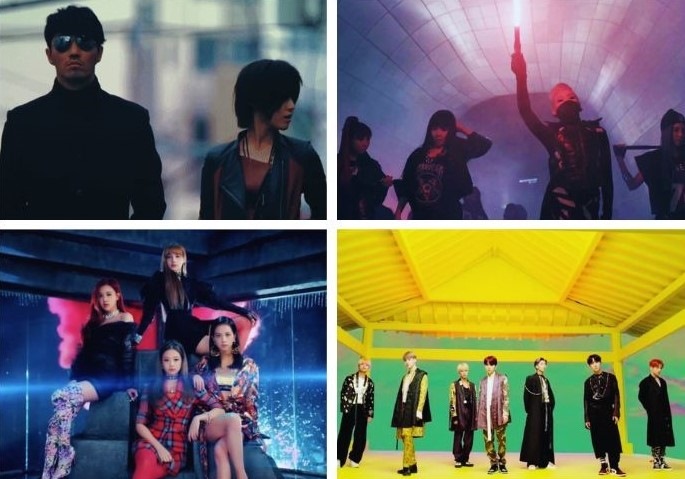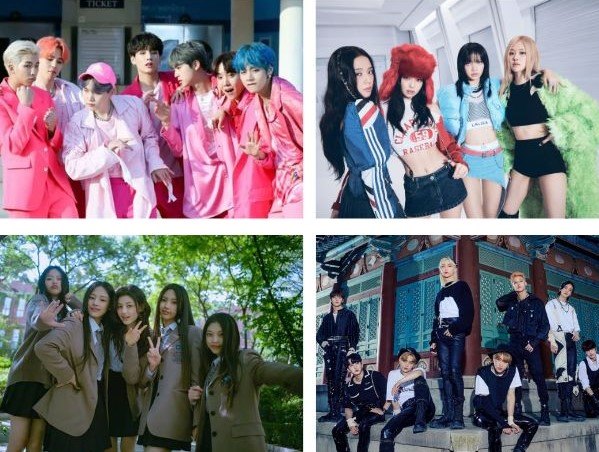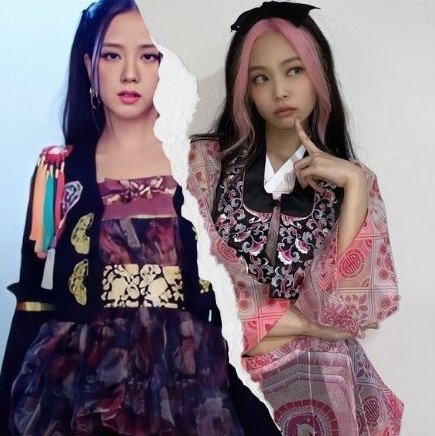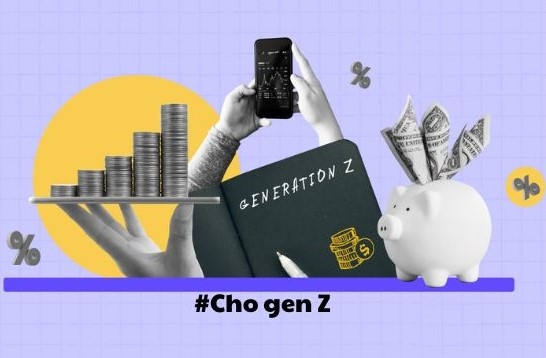K-pop is currently one of the leading music entertainment industries in South Korea, dominating the Asian industry and arguably trailing only behind the music markets of the US- UK. The K-pop wave has become so widespread that it is now considered one of the major contributors to the economy of the Korean peninsula. K-pop is not just an economic powerhouse, it transcends beyond music to become a cultural phenomenon representing the Republic of Korea.
1. Why is K-pop leading the Asian entertainment industry?
Investing in music products, balancing musical concepts, and leading fashion trends are the answers that make K-pop a dominant force in Asia today.
1.1. Meticulous Production of Music Videos in K-pop
If you've been a long-time listener of K-pop, you surely cannot overlook the meticulously crafted music videos that resemble cinematic masterpieces. Starting as early as 2009, avid K-pop music enthusiasts could notice a distinct change in the scenes, reflecting an investment not only in musical creativity but also in the quality of filming and grandiose settings.
Music videos with budgets in the tens of billions, such as "Cry Cry" (T-ARA) and "Come back Home" (2NE1), created significant hits at the time. Over the decades, the settings and precision of music videos from various music groups continue to stand out with a unique and timeless appeal, showcasing the industry's commitment to excellence.

K-pop has paid attention to invest their music video - Source: Internet
1.2. K-pop's Diverse and Flexible Concepts
Each music product from K-pop groups tells a unique story, featuring distinct concepts and flexible changes that can easily appeal to audiences worldwide. K-pop adeptly understands the tastes of its listeners, utilizing music videos as a means to consistently deliver unique concepts and innovative ideas, leading the trends and creating a distinctive flavor whenever K-pop is mentioned.
Familiar concepts that K-pop music enthusiasts often encounter include the 'girl crush' concept seen in groups like Blackpink, 2NE1, or the cute and aegyo-inducing concepts presented by groups like TWICE, Red Velvet, IVE, and the now-disbanded iconic group I.O.I. Most recently, the emergence of NewJeans has injected a breath of fresh air into the K-pop entertainment scene with dynamic and youthful Y2K girls, unleashing dance moves that have become a sensation.

A various concept of Korean artists is the hot trend in a music industry - Source: Internet
1.3. K-pop's Success Spurs the Wave of Random Dance
The success of K-pop has undeniably contributed to the phenomenon of random dance. Dance choreography plays a crucial role in leaving a lasting impression on the audience and K-pop enthusiasts. From dance moves that easily go viral on current social media platforms like TikTok to impressive dance performances alongside ear-catching beat arrangements, additive rhythms, and memorable sequences, the success of K-pop cannot be separated from these elements. Dances such as the iconic "Ddu-du Ddu-du" gun-shooting moves or the finger-pointing choreography in Sunmi's "Gashina," and most recently, the dance moves from NewJeans, are gradually making their way across the globe, extending beyond the borders of South Korea.
1.4. K-pop's Success Shapes Fashion Trends
Every comeback season of popular K-pop groups is marked by the anticipation of witnessing the transformations in the appearance of idols to align with the concept of their songs. From hairstyles and makeup styles to the ensembles they wear, these changes contribute to global fashion trends. Notably, groups like Blackpink set trends for the female audience, while BTS leads the way in creating fashion waves for males.
A distinctive aspect easily recognized by regular K-pop music viewers is the adept blending of traditional cultural elements by idol stylists. This strategic incorporation serves not only as a means of promoting the artists' images but also as a way of disseminating Korean culture and artistry worldwide.
2. K-pop have been recognized for their deep appreciation of their national culture
In Korea, a music genre known as "trot" has existed for a long time, specifically dedicated to the country's cultural heritage a tradition somewhat resembling Vietnam's quan họ folk music. As K-pop gains ever-growing attention and prominence, its skillful integration not only captivates a vast audience but also provides a platform for showcasing and promoting Korean culture.
2.1. K-pop as a Reflective Image Showcasing Traditional Korean Instruments

2.2. K-pop Introduces a New Image with Modernized Hanbok

Blackpink used to be different version with a modernized Hanbok - Source: Internet
Conclusion
To create the resounding success of contemporary music groups such as Blackpink, BTS, and more recently, NewJeans, it is evident that K-pop is targeting a direct fusion of musical elements. This amalgamation encompasses factors such as music quality, visual aesthetics, concepts, fashion, choreography, and cultural influences, all contributing to the meticulously crafted and perfected comebacks or debuts of music groups.






